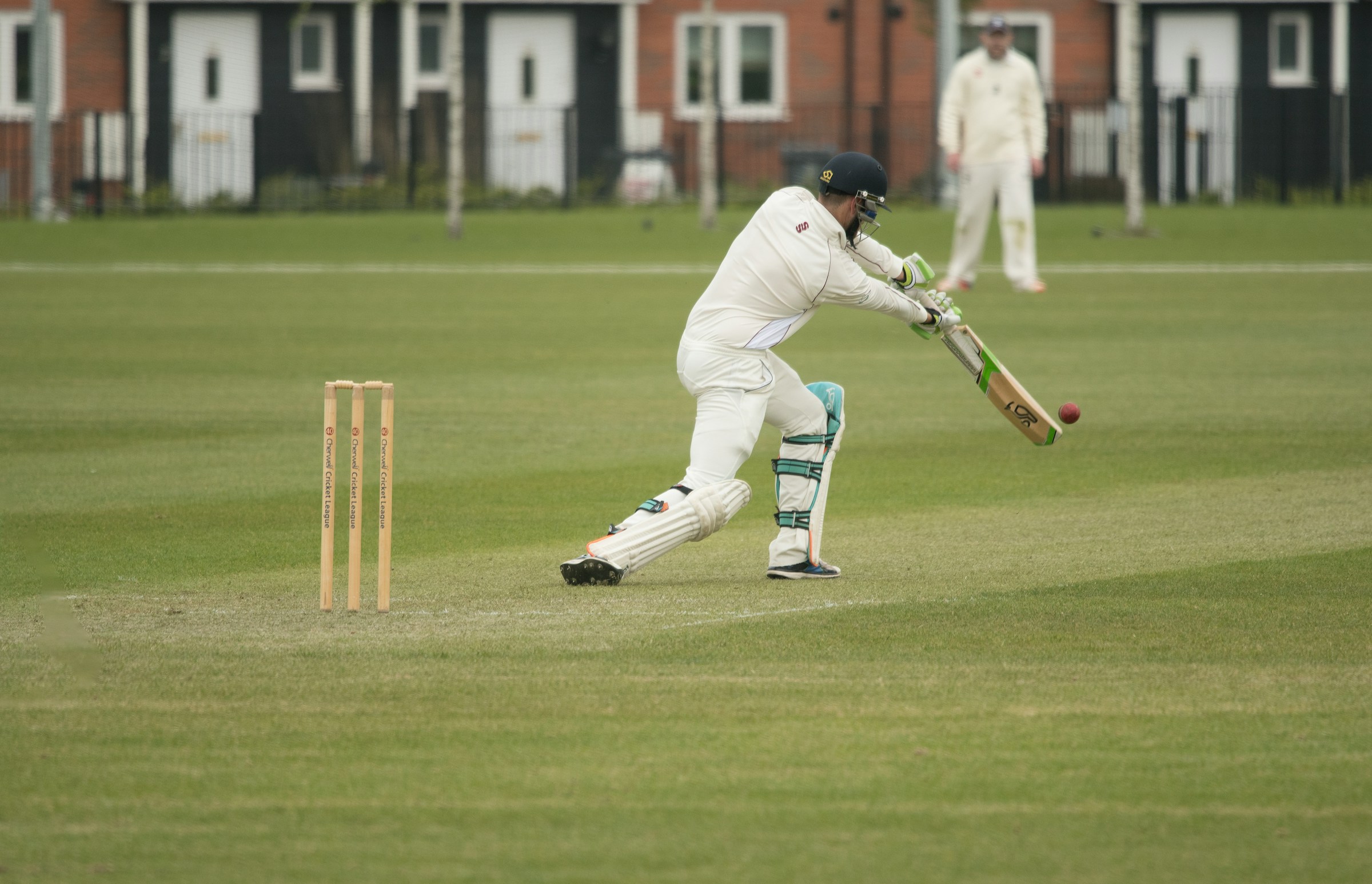Cricket, a globally beloved sport, is more than just a game. It’s a complex universe of players, teams, matches, and statistics. From runs to balls, every component contributes to the exciting and unpredictable nature of the game. Additionally, the rise in sports analytics has significantly revolutionized cricket. The use of data analysis in cricket has allowed teams to formulate strategic game plans, evaluate players’ performance, and gain a competitive edge. Particularly, predictive analytics has emerged as a powerful tool for predicting a team’s future performance and making informed decisions. Today, we will delve into the realm of predictive analytics in professional cricket, exploring the best tools that can help you unlock performance insights and enhance your team’s performance.
Embracing Predictive Analytics in Cricket
Decades ago, cricket was a sport driven by intuition and experience. However, in today’s data-driven world, cricket has transformed into a game of numbers and analysis. Predictive analytics focuses on using past data to predict future outcomes. It’s a sophisticated blend of data, statistical algorithms, and machine learning models that are meticulously designed to forecast future events.
A lire aussi : How can equestrian riders customize their training to enhance horse-jumping precision?
For cricket, predictive analytics could be about forecasting a player’s runs in a match, or predicting the outcome of a game based on a team’s past performance. It’s about decoding patterns, understanding trends, and mining valuable insights from a vast sea of data. These insights play a pivotal role in formulating strategies, making lineup changes, or taking critical game decisions.
Exploring Predictive Models for Performance Analysis
Predictive models are the backbone of predictive analytics. They are statistical or machine learning models that use historical data to estimate future outcomes. In cricket, these models may analyze a variety of factors like the average runs scored by a player, the performance of a team under certain weather conditions, or the number of balls a player will face in a game.
A découvrir également : How should mixed martial artists structure their recovery periods to maximize muscle repair?
One of the most popular predictive models in cricket is the linear regression model. This model uses a player’s past performance data to project future runs. Another useful model is the logistic regression model, which is used to predict binary outcomes such as win or loss based on certain variables like team strength, weather conditions, or the toss decision.
Key Tools for Cricket Performance Predictive Analytics
There are several tools available that can facilitate predictive analytics in the realm of cricket. These tools encompass various features such as data collection, data cleansing, and data analysis, which are essential for deriving meaningful insights.
One such tool is Microsoft Power BI. This data visualization tool not only helps visualize data but also provides prediction features for better decision-making. Another powerful tool is Python’s Pandas library, which is particularly useful for manipulating and analyzing dataframe. It’s a potent tool for managing cricket data and deriving valuable insights.
R, a language and environment for statistical computing, is also widely used in sports analytics. Its suite of predictive modeling packages, such as glmnet and randomForest, make it a go-to tool for building robust predictive models in cricket. IBM’s SPSS Modeler is another great tool for predictive analytics, allowing users to build predictive models without the need for programming.
Utilizing Predictive Analytics for Strategic Decision Making
The insights derived from predictive analytics can be instrumental in making strategic decisions. Coaches and team managers can use these insights to formulate game plans, analyze opponent strategies, and optimize player lineups. For instance, a predictive model may reveal that a certain player has a better average against spin bowlers. This insight could influence the batting order in a match against a team with a strong spin attack.
Furthermore, predictive analytics can also help in talent scouting. By analyzing a player’s performance data and predicting future performance, teams can make informed decisions about player acquisitions and trades.
Predictive Analytics: Shaping the Future of Cricket
In essence, predictive analytics is not just a tool, it’s a game changer in the world of professional cricket. It enables teams to navigate through the intricacies of the game with a data-driven approach. From predicting player performance to formulating winning strategies, predictive analytics is reshaping the way we understand and play cricket.
The beauty of predictive analytics in cricket lies in its ability to turn raw data into actionable insights. As cricket continues to evolve, the role of predictive analytics will only become more profound. By embracing these tools and models, teams can stay ahead of the curve and excel in this exciting and competitive sport.
Enhancing Real-time Decision Making with Predictive Analytics
Predictive analytics is not just about analyzing historical data and predicting future outcomes. It’s also about making real-time decisions that can significantly influence the course of a match.
In a fast-paced game like cricket, every run scored and every ball bowled can have a significant impact on the final result. This is where real-time analytics comes into play. With the ability to analyze player performance and other game variables in real-time, teams can make quick and informed decisions that can effectively swing the game in their favor.
For instance, consider a situation where the batting team needs to chase a challenging target. A predictive model can analyze various factors such as the batting average of the remaining players, the strike rate required, and the performance of the opposition bowlers to predict the likelihood of achieving the target. Based on this insight, the team can decide whether to adopt an aggressive approach or play defensively.
In another scenario, the bowling team can use predictive analytics to decide which bowler to use at a particular stage of the game. By analyzing the batting style of the opposition players and their performance against different types of bowlers, a predictive model can suggest the best bowling option.
Such real-time decision making powered by predictive analytics can give teams a strategic edge in the game. However, it requires sophisticated tools that can handle big data and deliver accurate predictions in real time.
Leveraging Data Science for Advanced Cricket Analytics
Data science is at the heart of predictive analytics in cricket. It involves various disciplines such as data collection, data analysis, machine learning, and statistics to derive meaningful insights from cricket data.
The first step in this process is data collection. Cricket is a game of numbers, with countless performance metrics such as runs scored, balls bowled, wickets taken, and so on. The data for these metrics is collected from various sources like match statistics, player records, and real-time game data.
The collected data is then cleaned and prepared for analysis. This involves dealing with missing values, removing outliers, and transforming data into a suitable format for analysis. Tools such as Microsoft Power BI and Python’s Pandas library are particularly useful for this.
The next step is data analysis, which involves applying statistical and machine learning techniques to analyze the data. This can include descriptive analytics to understand past performance, predictive analytics to forecast future performance, and prescriptive analytics to suggest optimal strategies.
Finally, the insights derived from the analysis are visualized and communicated to the teams. Visualization tools like D3.js and Tableau help in representing complex data in an easily understandable format. These insights guide teams in their strategic planning and decision making, resulting in improved performance on the field.
Conclusion: Embracing a Data-driven Future in Cricket
Traditions and instincts still have their place in cricket, but the sport is undeniably moving towards a more data-driven future. Predictive analytics is playing a pivotal role in this transformation, enabling teams to make informed decisions based on data and statistical models.
The use of predictive analytics in cricket goes beyond just predicting match outcomes. It has become a critical tool for real-time decision making, player performance analysis, and strategic planning. With the increasing use of big data and sophisticated data science techniques, cricket analytics is becoming more advanced and accurate.
However, the success of predictive analytics in cricket depends largely on the quality of data and the robustness of the analytical models. Hence, teams need to invest in reliable data collection methods and advanced analytical tools.
As we move forward, the significance of predictive analytics in cricket is likely to grow. Teams that adapt to this data-driven approach are likely to gain a competitive edge, while those that resist may find themselves left behind. The future of cricket, it seems, lies not just in the hands of the players, but also in the realm of data and analytics.










